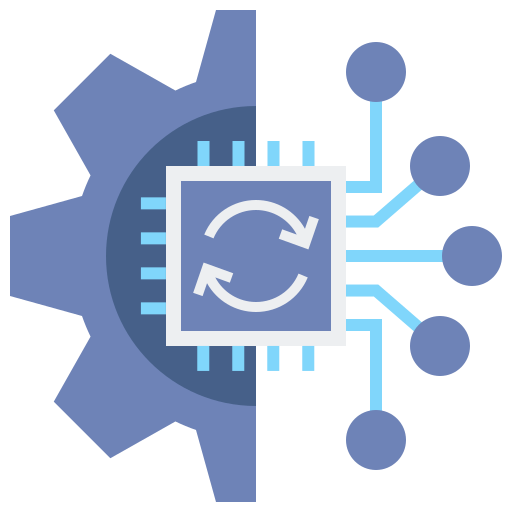
Infrastructure as Code.


Network Automation
Automation has become an essential aspect of modern networks as organizations strive for increased efficiency and scalability while minimizing costs. Those who overlook automation miss out on the opportunity to achieve the following benefits:
- Simplification of network operations
- Error-proofing infrastructure
- On-demand scalability
- Enhanced security
The challenge of network management lies in its repetitive and error-prone nature. Despite technological advancements, a significant majority of network changes are still manually executed, as has been the norm for years.
Automation encompasses several crucial building blocks
- Automated Configuration Management
This involves automating repetitive network tasks such as IPAM, VLANs, and versioning using tools like Python or Ansible.
- Automated Testing of Infrastructure
Before deploying network changes into production, thorough testing is crucial to ensure smooth operations. Tools like Robot Framework and pyATS are employed for this purpose. Automated Deployments
To minimize manual intervention and expedite time-sensitive production deployments, automated deployment pipelines are created to handle end-to-end deployment seamlessly.
- Open Telemetry
Monitoring plays a vital role in modern networks. The capability to programmatically interact with network devices allows for integration and visualization of network performance through Grafana dashboards.


- Security Policies Management
Automating the management of security policies and ACLs alleviates the burden associated with manual execution, making it easier for clients to add or remove policies
- Linux / automation
Whether you are in need of migration from RHEL 7 to RHEL 8, needing patching or management of the Linux environment, we at NETS can perform all these tasks, since 2015 we’ve developed skills that can manage your RHEL environment end to end.
Automation is at the core of our services, we have extensive experience in using Ansible to perform:
- RHEL Management
Monitoring plays a vital role in modern networks. The capability to programmatically interact with network devices allows for integration and visualization of network performance through Grafana dashboards.
- Managing SELinux
- Managing Yum
- Repositories
- Managing Configuration
changes using , Active Directory integration, Managing groups/Users, partitioning , File system
- Patch management
Ansible Playbook(s) that can perform pre-checks, take snapshots (backup) and perform patching
- Monitoring
Use of open standard prometheus for monitoring of your critical system, alerting and remediation along with the dashboard with use of grafana
We can provide end to end service, irrespective of your organization maturity, if Ansible is not used, we can start Ansible from ground up

